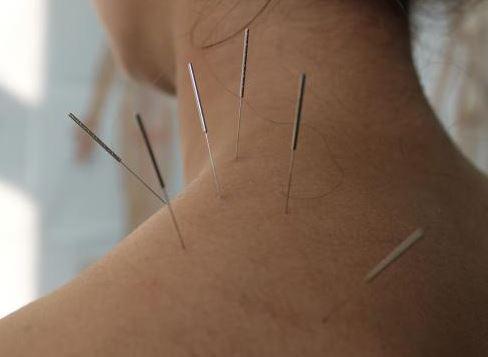Akupuncture

Acupuncture is a traditional Chinese healing method in which thin needles are inserted into specific points on the body to regulate the flow of energy (Qi) and relieve discomfort.
🧭 Origin & Philosophy
Part of Traditional Chinese Medicine (TCM), practiced for over 2,000 years.
The body is crisscrossed by meridians – imaginary pathways through which Qi (life energy) flows.
Blockages or imbalances in this energy flow are considered the cause of illness in TCM.
The goal of acupuncture: To harmonize Qi, release blockages, and balance Yin and Yang.
🔹 How does a treatment work?
Medical history: The therapist will ask you detailed questions – including about sleep, appetite, emotions, etc.
Pulse and tongue diagnosis: Showing your tongue and feeling your pulse are classic components of TCM.
Needling: Fine, sterile needles are inserted into specific points (usually 5–20 needles).
Duration: Needles remain in the body for approximately 20–30 minutes.
Sensation: Usually painless. A dull pressure, tingling, or warmth may occur ("De Qi sensation").
💡 What is acupuncture used for?
Common uses:
Back pain, neck pain
Headaches, migraines
Osteoarthritis, joint pain
Allergies (e.g., hay fever)
Sleep disorders
Stress, exhaustion, anxiety
Menstrual cramps
Digestive problems
Smoking cessation or weight loss (supportive)
🧪 Science & Effectiveness
Also recognized by conventional medicine in Europe and the USA for certain indications (e.g., chronic pain, migraines).
Studies show: Better than placebo, but not always strong – often depends on the complaint.
Neurophysiological explanations: Acupuncture stimulates nerves, releases endorphins, influences pain perception and the autonomic nervous system.
✅ Benefits
Generally well tolerated, few side effects
Holistic approach
Can complement other therapies well
⚠️ Risks / Side effects
Bruises or minor pain at the injection site
Circulatory problems in susceptible individuals
Rare: Infections (only with improper use)

